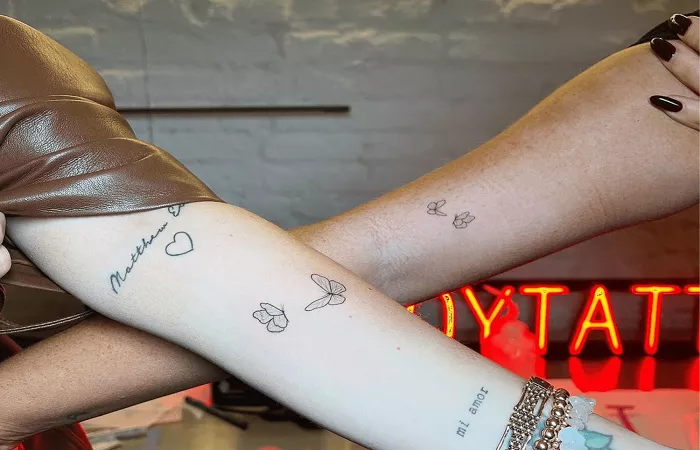CM Punk is no stranger to tattoos, each one telling a unique part of his story, but perhaps none have sparked as much curiosity as his Pepsi tattoo. The RAW Superstar recently shared the backstory behind this ink during an appearance on WWE: Tattooed, giving fans a deeper understanding of its significance.
Punk explained that the tattoo is a nod to the straight edge subculture, a movement he has long been a part of. “I guess I’d be remiss to not mention the Pepsi tattoo,” Punk said, acknowledging how much attention the tattoo has garnered over the years. “The story with the Pepsi tattoo is there is a band called Minor Threat that started in the early 80s in Washington, DC, that’s widely known to have started the straight edge subculture.”
In a pivotal moment of straight edge history, Minor Threat’s guitarist Brian Baker was asked in an interview about his Coca-Cola tattoo, and his simple yet profound response was, “I like Coca-Cola.” Punk, who was reading this interview while in detention, found the sentiment deeply punk rock — an attitude of authenticity and rebellion.
For Punk, however, the choice wasn’t Coca-Cola, but Pepsi, reflecting his own Midwestern roots. “I don’t like Coke. I like Pepsi. I’m a Midwest kid at heart, so I’ve got a Pepsi tattoo.”
Although some might view the tattoo as an odd choice for someone in a subculture defined by its anti-commercial stance, Punk clarified that the Pepsi tattoo is more than just a corporate logo. “That tattoo represents me being straight edge, and that’s really kind of it,” he said. “I know it seems silly to put a corporate logo on yourself, but it really has a deeper meaning, and it means so much more to me than just, you know, a soft drink.”
For Punk, the tattoo symbolizes his commitment to a lifestyle free of drugs and alcohol, a personal choice that aligns with his punk ethos and individuality. The Pepsi logo, while seeming lighthearted at first glance, carries a weight of significance, representing his straight edge philosophy and his authentic, non-conformist identity.
Related topics:

